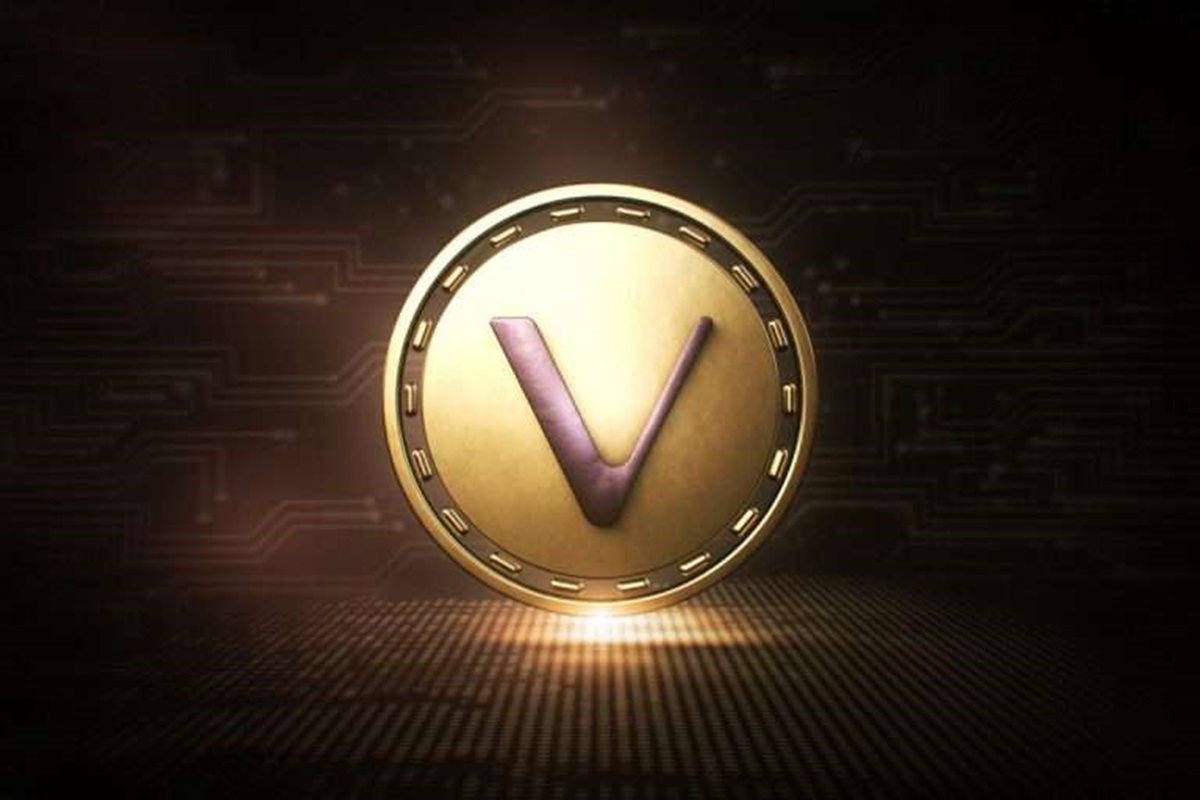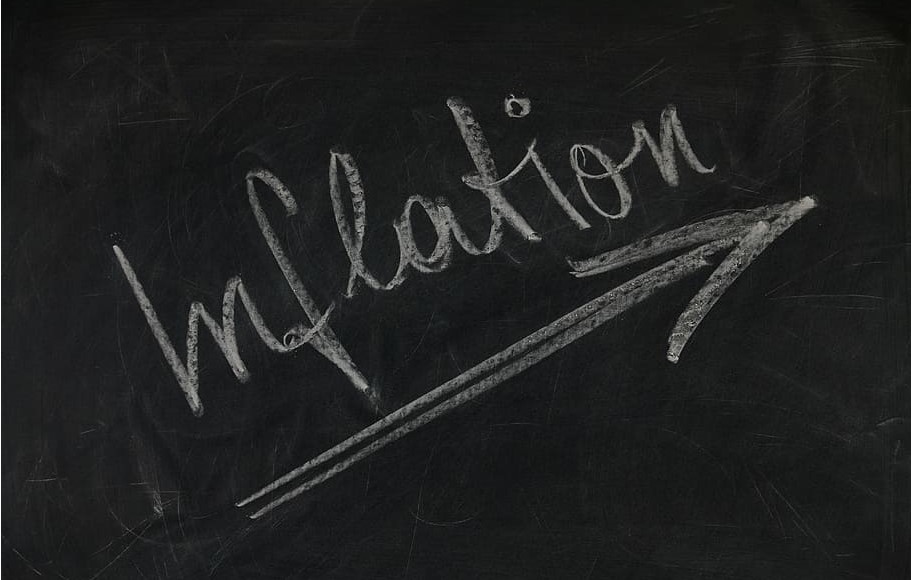Contrarian Take: How Stablecoins' Disruption of Money Creation Stands in its way to Mass Adoption
source: @DeFi_Cheetah,@VelocityCap_投资人
The rise of blockchain-based finance has stimulated debates on the future of money, particularly in areas previously limited to academia and central bank policy circles. Stablecoins—digital assets designed to maintain par value with national currencies—have become the dominant bridge between traditional and decentralized finance. While there are a lot of people bullposting the prospect of stablecoin adoption, it may not be in the best interests of the US to promote stablecoins, because it can disrupt the USD money creation. TLDR:
- Stablecoins are actually competing with the amount of deposits in the US banking system. Hence, the money creation via fractional reserve model and hence the effectiveness of Fed's implementation of monetary policies (to control money supply via open market operation or other means) is disrupted, by reducing the total amount of banking deposits.
- In particular, the amount of money creation for stablecoins is marginal, as most stablecoin backings are treasuries with shorter durations (i.e. less sensitive to rate movements). Comparatively, bank’s money creation per dollar is way higher as their liabilities are composed by bonds of much longer duration. Thus, prevalence of stablecoins within the US could also compromise Monetary Transmission Mechanism.
- This is so even though stablecoins can increase the demand of treasury bills, and the refinancing cost of the US government could be lowered by the rise of stablecoins.
- The money creation remains intact only if the USD collateral goes back to the banking system by way of deposits, but this does not make sense due to the opportunity cost (risk-free treasury yield) suffered by stablecoin issuers
- Banks could not take stablecoins to replace their fiat deposits since stablecoins are issued by private entities, hence enhancing the counter-party risks
- The US government also would not recuperate the amount of banking deposits flowing to stablecoins, by putting the amount back to the banking system, since this amount from selling treasury bills were charged at various rates, and the US government had to pay the cost of the spread between coupon rate the bank deposit rate, adding to the burden of federal budgeting.
- ***Most importantly, the self-custodial nature of stablecoins negates the possibility of being compatible with banking deposits: all digital assets are custodial, except those on blockchains. Hence, stronger presence of stablecoins in the US territory would directly disrupt the money creation
- The only way for stablecoins to be compatible with money creation is that stablecoin issuers should operate as banks, but it's certainly a very challenging question, intersecting regulatory compliance with tycoons' vested interests...
- And of course, from the perspective of the US government, benefits of promoting stablecoins globally are indisputable: they spread dollar dominance, strengthen the USD reserve currency narrative, make cross-border payments more efficient, and immensely help people outside of the US that need access to a stable currency. Just that it would be more difficult for the US government to push for stablecoin adoption within its territory without compromising the money creation process.
To explain more thoroughly, this article dissects stablecoin dynamics from multiple angles:
- Fractional Reserve Banking and the Money Multiplier: How stablecoins differ in their reserve backing from traditional commercial banks.
- Regulatory Constraints and Economic Stability: Exploring how stablecoins may challenge the status quo of monetary policy, liquidity, and financial stability.
- Future Scenarios: Considering potential regulatory frameworks, partial-reserve models, and central bank digital currencies (CBDCs).
2. Fractional-Reserve Banking vs. Fully-Backed Stablecoins
2.1 The Classical Money Multiplier
In mainstream monetary theory, money creation occurs in large part through fractional-reserve banking. A simplified model illustrates how commercial banks amplify the monetary base (often denoted M0) into broader measures such as M1 and M2. If R is the required—or desired—reserve ratio, then the standard multiplier is approximately m=1/R
For instance, if banks must hold 10% of deposits as reserves, the multiplier mmm can be around 10. This means that a $1 injection into the system (e.g., via open market operations) can manifest as up to $10 in new deposits across the banking system.
- M0 = Monetary base (currency in circulation plus reserves at the central bank).
- M1 = Currency in circulation + demand deposits + other checkable deposits.
- M2 = M1 + certain time deposits, money market accounts, etc.
In the United States, M1≈6×M0. This expansion underpins modern credit creation and is essential for financing mortgages, corporate loans, and other forms of productive capital.
2.2 Stablecoins as "Narrow Banks"
Stablecoins issued on public blockchains (e.g., USDC, USDT) typically promise a 1:1 backing with fiat reserves, T-bills, or other near-cash assets. As a result, these issuers do not (officially) lend out customer deposits in the manner commercial banks do. Instead, they provide liquidity on-chain by creating digital tokens that remain fully redeemable for “true dollars.” Economically, such stablecoins resemble narrow banks: institutions holding 100% high-quality liquid assets against their deposit-like liabilities.
From a purely theoretical standpoint, the money multiplier for these stablecoin liabilities is closer to 1: unlike commercial banks, stablecoin issuers are not creating additional money when they accept $100 million in deposits and hold $100 million in T-bills. However, stablecoins can function like money if they gain widespread acceptance. As we will discuss later, the net effect on overall money supply can still be expansionary because stablecoins free up underlying funds (e.g., from U.S. Treasury auctions) that the government spends.
3. Monetary Policy Implications
3.1 Central Bank Master Accounts and Systemic Risks
Obtaining a Federal Reserve Master Account is a key for stablecoin issuers, because financial institutions with such accounts enjoy many advantages:
- Direct Access to Central Bank Money: Master account balances constitute the safest form of liquidity (part of M0M_0M0).
- Access to Fedwire: Near-instant settlement privileges for large-value transactions.
- Fed Standing Facilities: Potential backstops such as the discount window or interest on excess reserves (IOER).
However, granting stablecoin issuers direct access to these facilities presents two main 'excuses':
- Operational Risk: Integrating a real-time blockchain ledger with the Federal Reserve’s infrastructure may introduce new vulnerabilities.
- Monetary Policy Control: A large-scale shift into 100% reserve stablecoins could irreversibly alter the fractional-reserve dynamics on which the Fed relies to modulate credit conditions.
Traditional central banks may thus resist awarding stablecoin firms the same privileges as commercial banks, fearing a diminished capacity to influence the supply of credit and liquidity in times of crisis.
3.2 Stablecoin-Induced “Net New Money”
A subtle but crucial effect occurs when stablecoin issuers hold large amounts of US Treasuries or other government debt. This is the double-spend effect: the US government effectively has citizens' capital to (re)finance spending, while stablecoin users that circulates like money.
Hence, this can at most double the effective stock of spendable dollars in circulation, even if not to the same extent as full fractional-reserve banking. From a macroeconomic perspective, stablecoins thereby facilitate an additional channel through which government borrowing enters day-to-day transactions.
4. Partial Reserves, Hybrid Models, and the Future of Stablecoins
4.1 Could Stablecoin Issuers Emulate Fractional-Reserve Banks?
Some have speculated about stablecoin issuers eventually being permitted to lend out a portion of their reserves, effectively creating money in the same way as commercial banks. This would require a robust regulatory framework akin to bank charters, FDIC insurance, and capital adequacy standards (BASAL). While some legislative proposals (e.g., the “GENIUS Act”) outline a path for stablecoin issuers to become bank-like entities, the 1:1 reserve requirement embedded in these proposals suggests no near-term shift to a fractional-reserve model.
4.2 Central Bank Digital Currencies (CBDCs)
A more radical alternative is the development of central bank digital currencies (CBDCs), where the central bank itself issues digital liabilities directly to consumers and businesses. CBDCs might combine the programmability of stablecoins with the trust of sovereign money. Yet from the perspective of commercial banks, the disintermediation risk is glaringly obvious: if the public can hold direct digital accounts at the central bank, deposits might drain from private banks, limiting their capacity to fund loans.
4.3 Potential Impacts on Global Liquidity Cycles
In an era where large stablecoin issuers (e.g., Circle, Tether) hold tens or hundreds of billions in short-term treasuries, fluctuations in stablecoin demand might have non-negligible impacts on U.S. money markets. A stablecoin “redeem wave” could force issuers to dump T-bills rapidly, pushing yields higher and potentially destabilizing short-term funding markets. On the flipside, an influx of stablecoin issuance might compress T-bill yields. This interplay highlights how stablecoins—if they reach a scale comparable to large money market funds—could leak into traditional monetary plumbing.
Conclusion
Stablecoins sit at the intersection of technological innovation, regulatory oversight, and long-established monetary theory. They bring programmability and ubiquitous accessibility to the concept of money, enabling new paradigms for payments and settlement. However, these advantages also toggle the delicate balances integral to current financial systems, particularly fractional-reserve lending and central bank monetary control.
In short, stablecoins might not replace commercial banks but will continue to pressure the established banking sector to innovate. As stablecoins grow, central banks and financial authorities face the challenge of reconciling global liquidity, departmental oversight, and the broader economic multipliers that rely on fractional reserves. The evolution of stablecoins—whether through stricter regulation, partial reserve approaches, or integration into a broader CBDC framework—will shape not only the future of digital payments, but potentially the trajectory of global monetary policy itself.
Ultimately, stablecoins highlight the tension between the efficiency gains of a more direct, fully reserved system and the economic growth benefits of a leveraged fractional-reserve model. Navigating this frontier will require rigorous economic analysis to see how to get the best of both sides (transaction efficiency + money creation)
Disclaimer: The content of this article solely reflects the author's opinion and does not represent the platform in any capacity. This article is not intended to serve as a reference for making investment decisions.
You may also like
Ronin Bridge CCIP Migration Begins with Chainlink-Powered Security

Celo and Bando Makes Crypto Easy for Buying Gift Cards and Data

VeChain Partners with 4ocean to Advance Ocean and Land Sustainability with Blockchain

Inflation Isn’t Slowing Down and BlackRock CEO Knows Why

